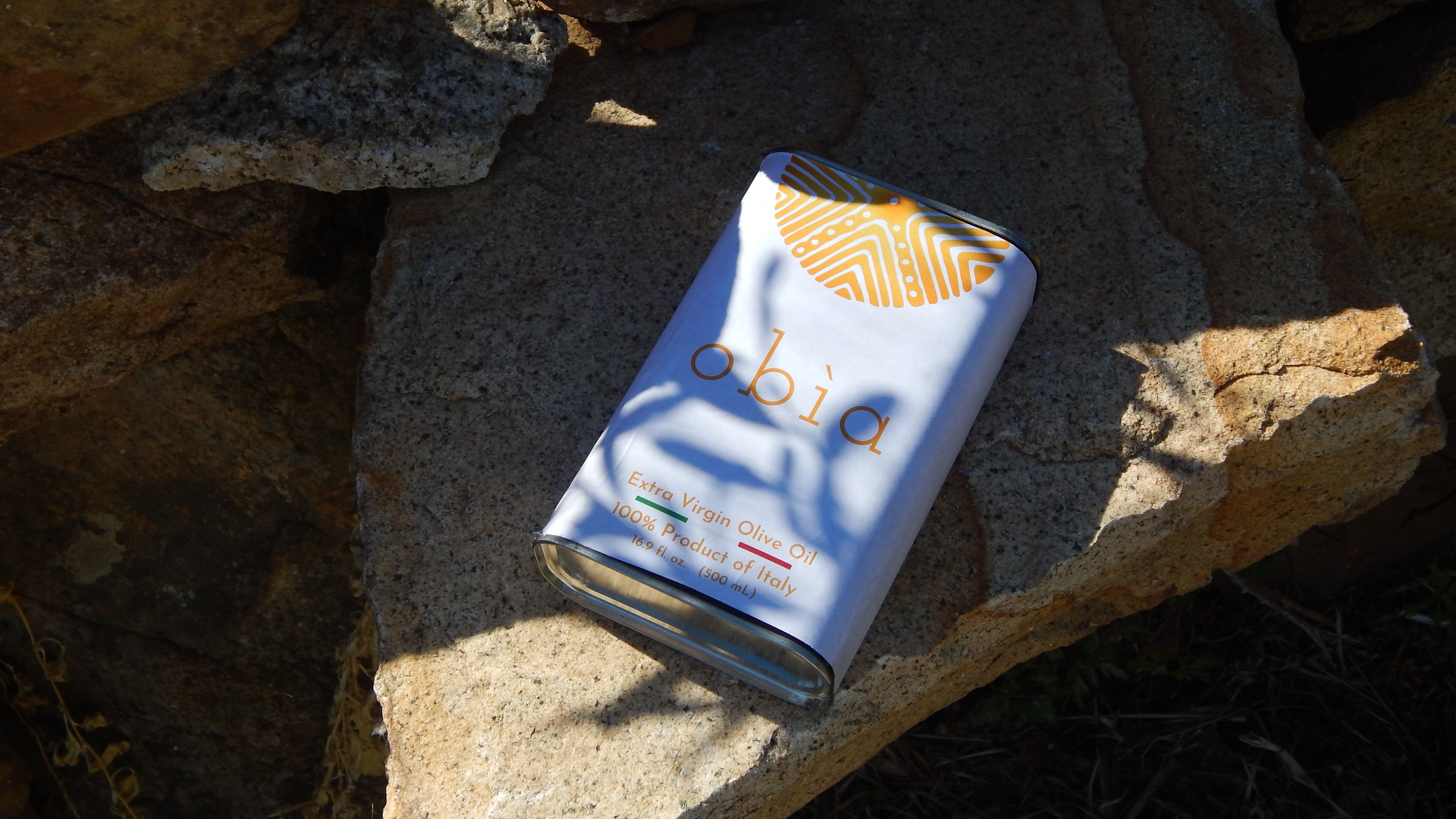

"Sardinian olive oil, like the island itself, is a blend of ancient wisdom and modern vitality."
We like to think of Sardinia as a true hidden gem, or better yet, a hidden emerald, shining quietly along the Costa Smeralda. Just as the island itself is often overlooked compared to mainland Italy, Sardinian extra virgin olive oil remains one of the world’s most underrated treasures. Rich in flavor, packed with antioxidants, and deeply tied to the island’s Mediterranean diet and Blue Zone longevity, it is as distinctive as Sardinia itself.

English: 'Sardinia'
Italian: 'Sardegna'
Sardinian: 'Sardigna' or 'Ichnusa'
How Olive Oil Is the Heart of Sardinian Culture and Longevity

Sardinia’s roots to the olive tree run deep, stretching back thousands of years. Archaeologists believe that the Nuragic civilization, nearly 4,000 years ago, was already cultivating wild olive trees and extracting their oil. There is evidence that the Ancient Greeks may have shared the knowledge of olive oil production with the Sardinians. The Archaeological Museum of Sassari holds a statuette of Aristaeus, the legendary bringer of milk, honey, and olive oil to mankind, crafted more than 2,700 years ago.
By Roman times, olive oil was firmly rooted in Sardinian life. Archaeological remains of olive presses and amphorae are scattered across the countryside. Later, in the 16th century, the Aragonese crown mandated the planting of new olive groves and the construction of on-site mills, further embedding olive oil into the island’s culture.
Culturally, olive oil has is at the heart of Sardinian cuisine. It is drizzled over pane carasau, a Sardinian crispy flatbread, or used to preserve local specialties like spiny artichokes. It's poured generously over soups, salads, and vegetables. Many rural families continue to produce their own oil each harvest season.
But this timeless bond between Sardinia and olive oil isn’t just cultural, it’s also linked to health and longevity. Research into the island’s Blue Zone population credits daily olive oil consumption as one of the key factors behind Sardinia’s extraordinary life expectancy, proving that this ancient tradition still nourishes the present.
Sardinia: The Perfect Terroir for Olive Oil

Sardinia’s climate provides optimal conditions for olive cultivation. Summers are long and hot, supplying ample sunlight necessary for photosynthesis and the accumulation of oil in the fruit. Winters are mild and rainy, giving trees sufficient water during dormancy without exposing them to frost stress. Autumn brings a combination of warm days and cooler nights, which slows fruit ripening and concentrates polyphenols and antioxidants, key compounds for both flavor and health.
The island’s soils are generally calcareous, sandy, and well-draining. These conditions reduce the risk of root rot and contribute minerals that influence the chemical composition and sensory characteristics of the oil. Coastal breezes and varied microclimates help regulate temperature, reduce humidity-related diseases, and allow different cultivars to thrive in appropriate zones.
Unlike industrial-scale olive farms in other regions, most Sardinian groves are small, family-operated, and grown without use of synthetic fertilizers or pesticides. Sardinia’s geographic isolation from major European industrial centers ensures low air pollution, creating one of the cleanest environments for agriculture in Europe.
Sardinian Olive Oil is the Best in the World
Sardinian olive oils are consistently recognized as some of the best in the world, earning top honors in prestigious competitions and guides. Sardinian producers regularly achieve gold medals at the NYIOOC World Olive Oil Competition, high ratings in the Flos Olei Guide, and the Tre Foglie award from Gambero Rosso. This consistent recognition reflects the quality, tradition, and care behind the island’s olive-growing practices.
Our very own Obìa Olive Oil exemplifies this excellence. In just two years of participating in competitions, we have been named:
- Top 8 Small Producer, Leone d’Oro, in 2024 and 2025
- featured in Flos Olei Guide of Best Olive Farms 2025
- included in Italy’s Official Best Monocultivar Guide 2025
- and awarded a NYIOOC Gold Medal in 2024
Sardinian olive oil is praised for it's balance and complexity, with judges highlighting the unique, harmonious flavor profile of the Nera di Villacidro cultivar, including notes of grass, tomato leaf, artichoke, and wild herbs.
The island’s native cultivars: Bosana, Nera di Oliena, Semidana, and Nera di Villacidro—combined with small-scale, family-run production, ensure exceptional quality. Minimal chemical intervention, careful harvest, and precise pressing preserve both flavor and nutritional value, resulting in oils rich in polyphenols and antioxidants. Single-estate production guarantees traceability and authenticity, distinguishing Sardinian oils from industrially produced alternatives.
Sardinian Olive Oil and the Blue Zone of Ogliastra

Ogliastra, a region in central-eastern Sardinia, is recognized as a Blue Zone, an area where people live significantly longer than the global average. Research shows that residents of Ogliastra reach the age of 100 at rates roughly ten times higher than in the United States. Studies attribute this longevity to a combination of genetics, daily physical activity, strong social ties, and a traditional diet rich in olive oil, whole grains, vegetables, and legumes.
Olive oil plays a central role in the Blue Zone diet. Regular consumption of polyphenol-rich, extra virgin olive oil is associated with cardiovascular health, reduced inflammation, and improved metabolic function. Sardinian olive oil, particularly from native cultivars, is high in antioxidants and monounsaturated fats, making it a key factor in the health and longevity of Blue Zone residents.
Our family grove in Villacidro cultivates the Nera di Villacidro olive, closely related to the Nera di Oliena grown in Ogliastra. These olives are picked using traditional methods that preserve their polyphenol content, antioxidant activity, and natural flavor. This ensures that Obìa olive oil retains the same health-promoting qualities found in the oils consumed by centenarians in Sardinia.
Why Sardinian Olive Oil Is Rare and Exclusive
1. Limited Cultivation Areas
Sardinia’s olive groves, particularly those producing prized cultivars like Nera di Villacidro and Bosana, are confined to specific regions such as Villacidro, Ogliastra, and parts of central Sardinia. The combination of microclimate, soil type, and traditional cultivation methods means only a small fraction of the island’s land is suitable for producing high-quality olive oil.
2. Small-Scale, Traditional Production
Most Sardinian olive farms are family-run and artisanal, prioritizing quality over quantity. Olives are harvested and pressed carefully to preserve antioxidants, polyphenols, and flavor. This results in limited annual production, making large-scale export challenging.
3. Strong Local Consumption
Olive oil is a staple of Sardinian cuisine, and locals almost exclusively consume locally produced oil. The domestic demand often exceeds supply, leaving little for export. Sardinians’ preference for fresh, local oils also discourages large-scale commercial distribution.
4. Export Logistics and Cost
Because production is small-scale, exporting Sardinian olive oil involves higher costs per liter compared to industrially produced oils. Shipping, storage, and certification for international markets require resources many small producers don’t have, which further limits availability abroad.
5. Niche Appeal
Sardinian olive oil is a specialty product, often sold through gourmet shops or online retailers. Unlike mass-market Italian oils from Tuscany or Puglia, Sardinian oils are less widely recognized internationally, so distribution channels are smaller and more selective.




